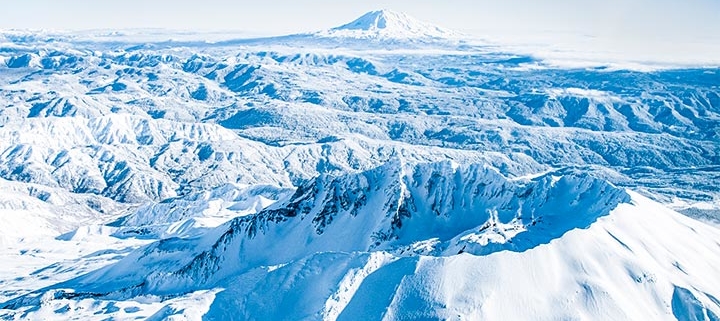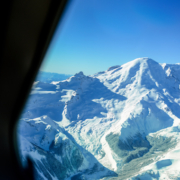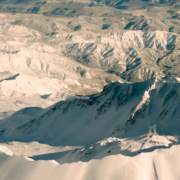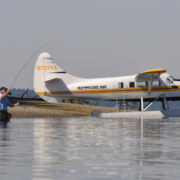Mount St. Helens’ Topless 40th Birthday

Mount St. Helens is a living, breathing — topless — giant. When she blew, the volcano forever changed the landscape of Washington State. And the steam that periodically arises from her cratered head reminds us that even 40 years later, she’s still very much alive.
In the months leading up to the catastrophic eruption, consistent seismic activity was recorded on the grounds surrounding the volcano. Plumes of steam were seen shooting from its top, sometimes as high as 6,000 feet into the air. Its shape changed, as the north side bulged out roughly 450 feet in a nearly horizontal direction.
The catastrophic eruption climaxed on May 18, 1980. It demolished 1,300 feet of the volcano’s summit. The formerly symmetrical cone became a 2-mile-wide crater.
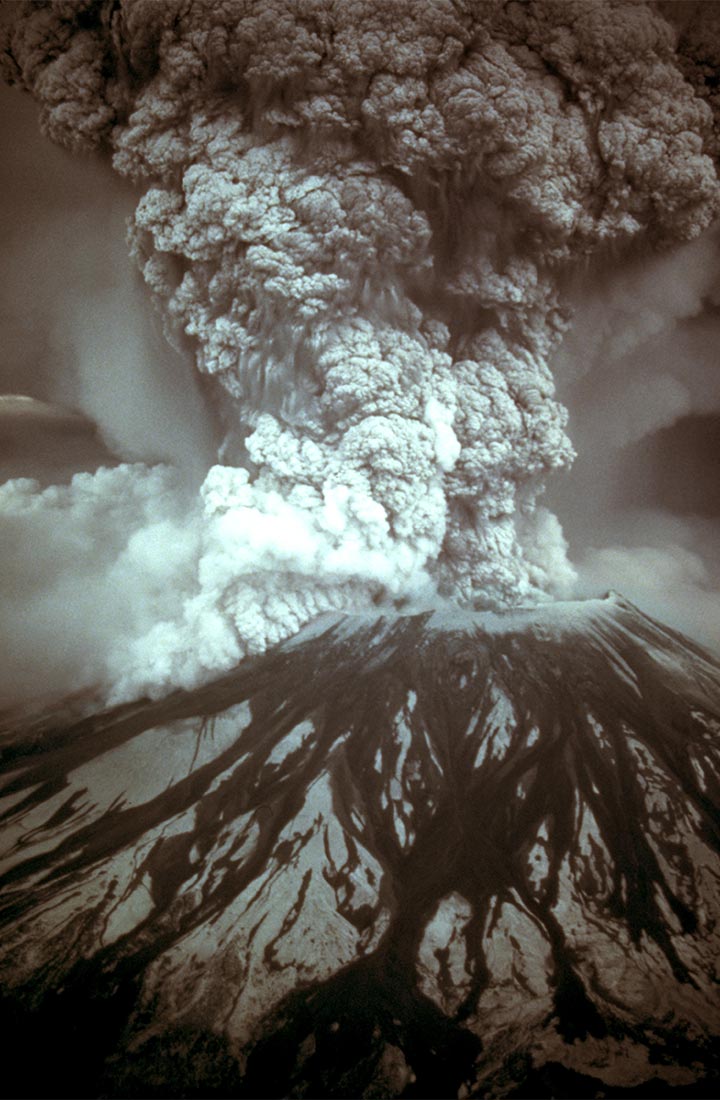
Photo by Austin Post. Digitally edited by Carol Spears
The subsequent flow of debris and mud (known as lahar) destroyed 230 square miles of forests and meadows. It continued its roll all the way to the Columbia River, taking it 17 miles from the mountain and over terrain that was 600 feet deep in places.
The blast generated roughly 500 times the force of the atomic bomb dropped on Hiroshima and claimed 57 lives. It sent massive ash clouds soaring more than 60,000 feet into the air. Caught by wind, the burnt particles blew eastward with such density that in Yakima they blocked the sun.
Today, scientists consider the cratered beauty a world-class outdoor laboratory. The landscape is the epitome of re-birth.
Plants that survive off nitrogen absorbed through the air, rather than the soil, were the first to take root among the ash. Gradually the hillsides became scattered with wildflowers and prairie land. Animals and insects returned. Deciduous trees spread their leaves and have gradually started giving way to re-growth of old-growth forests. It’s a sight to behold.
Will Mount St. Helens Blow Again?
Yes. The only question is when. Thanks to Mount St. Helens location on the Cascadian Subduction Zone, another eruption is inevitable.
While predicting the eruption is extremely difficult to predict, scientists are keeping a close watch on all the volcanos in the Pacific Northwest — including Mount St. Helens. Key data, like jumps in seismic activity, offer warning signals. And to this date, all activity surrounding the volcano have been within normal range.

